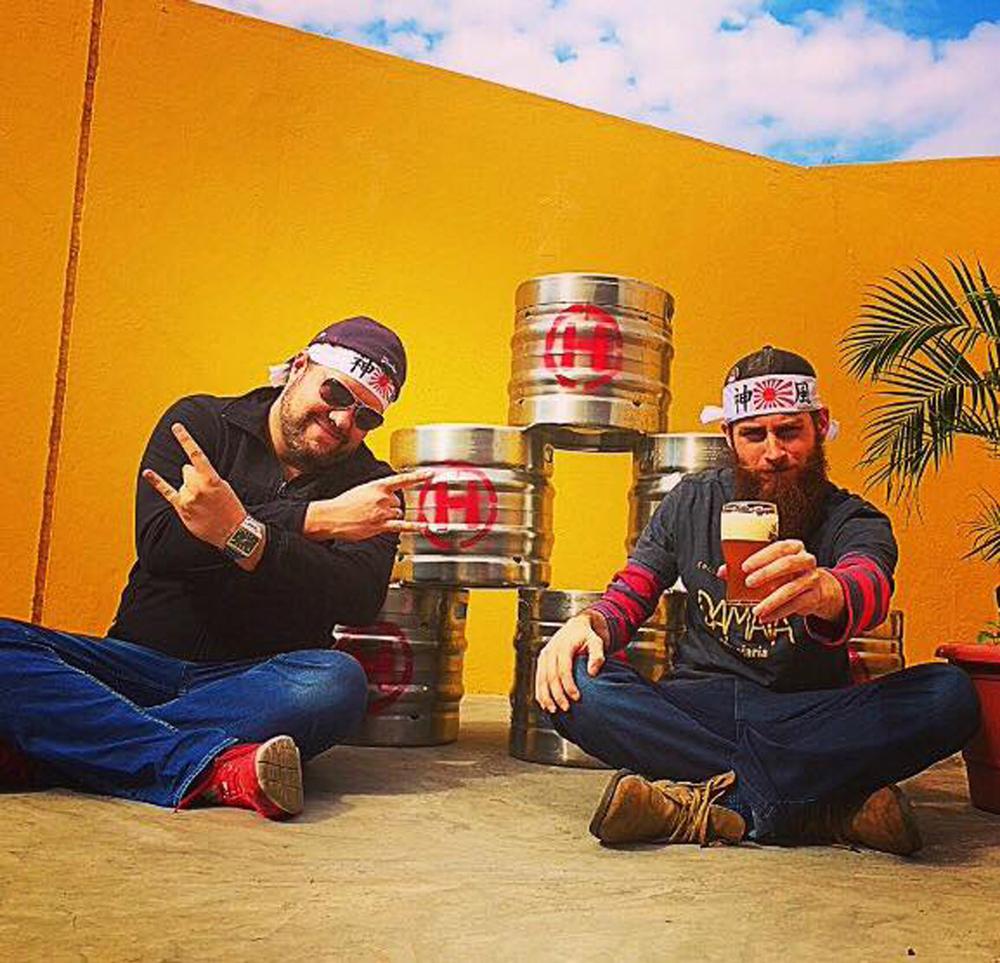
#7
HEROICA BEER
17 Feb 2017 By David Fuhrmann-Lim
This Brazilian Brewer Is Making Beer Out of $20,000 Bonsai Trees
The craft beer market has grown so rapidly in recent years that breweries are getting increasingly creative in order to set their products apart from the rest. In the case of Heroica beer, located in the Brazilian city of Jundiaí (about an hour from São Paulo), the small gypsy brewery relies upon a bonsai master to provide some of the exquisite ingredients they use in their brewing processes.
Heroica beers not only combine hops, barley, and yeast; they also use branches of centennial Japanese bonsai trees. For some recipes, the pruned branches come from trees that can cost more than $20,000 US.
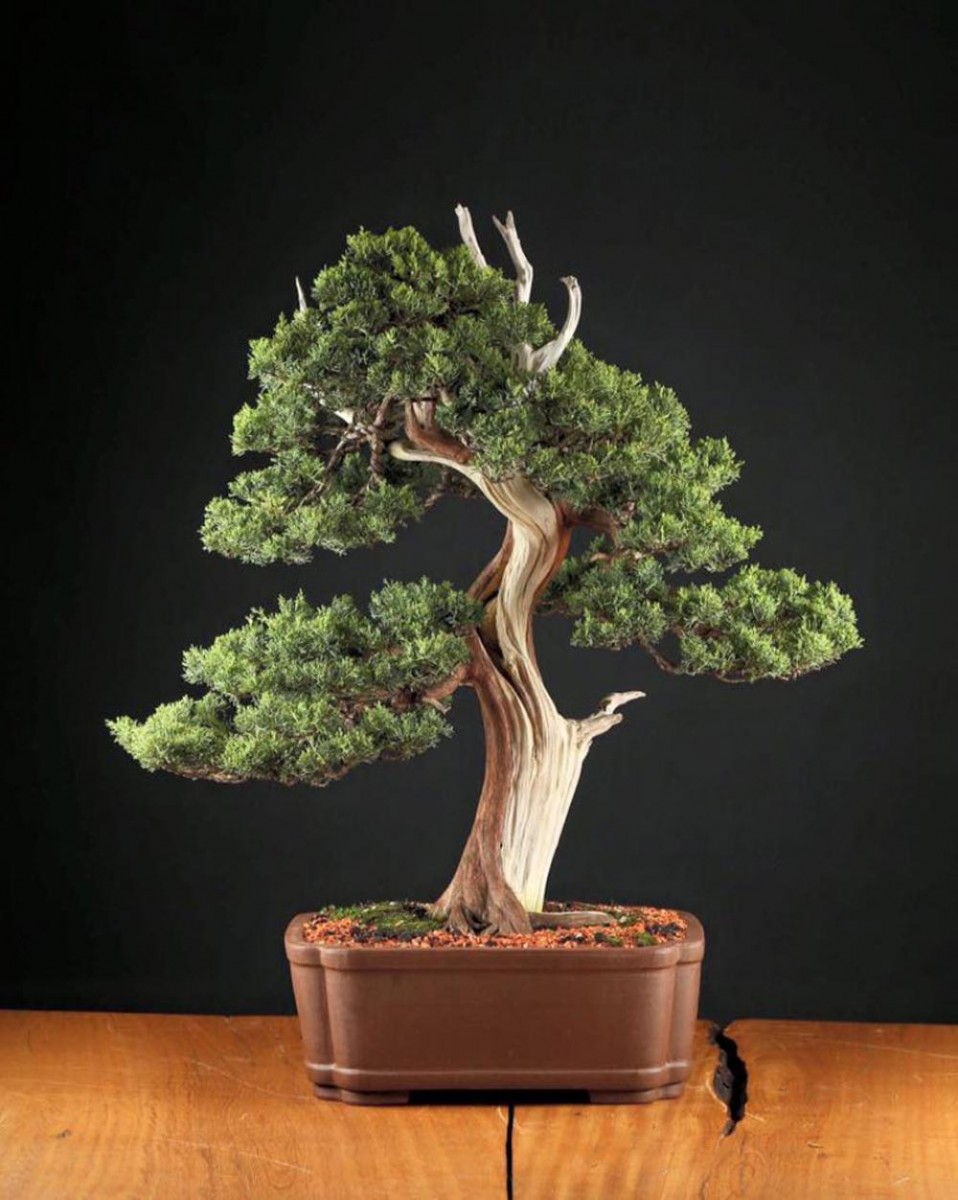
A juniper bonsai tree ©Heroica
The idea came from Renato Bocabello, one of the biggest bonsai masters in Brazil. His brother-in-law, Lucas Domingues, began making his own beers when Bocabello gave him a homebrewing kit as a gift. With his new equipment, Domingues started to test his own recipes.
“I was already working in a commercial brewery, following predetermined recipes without the possibility of adding a personal touch or making any kind of change,” Domingues says. “I decided to make very experimental tests at home and I came up with very different results.”
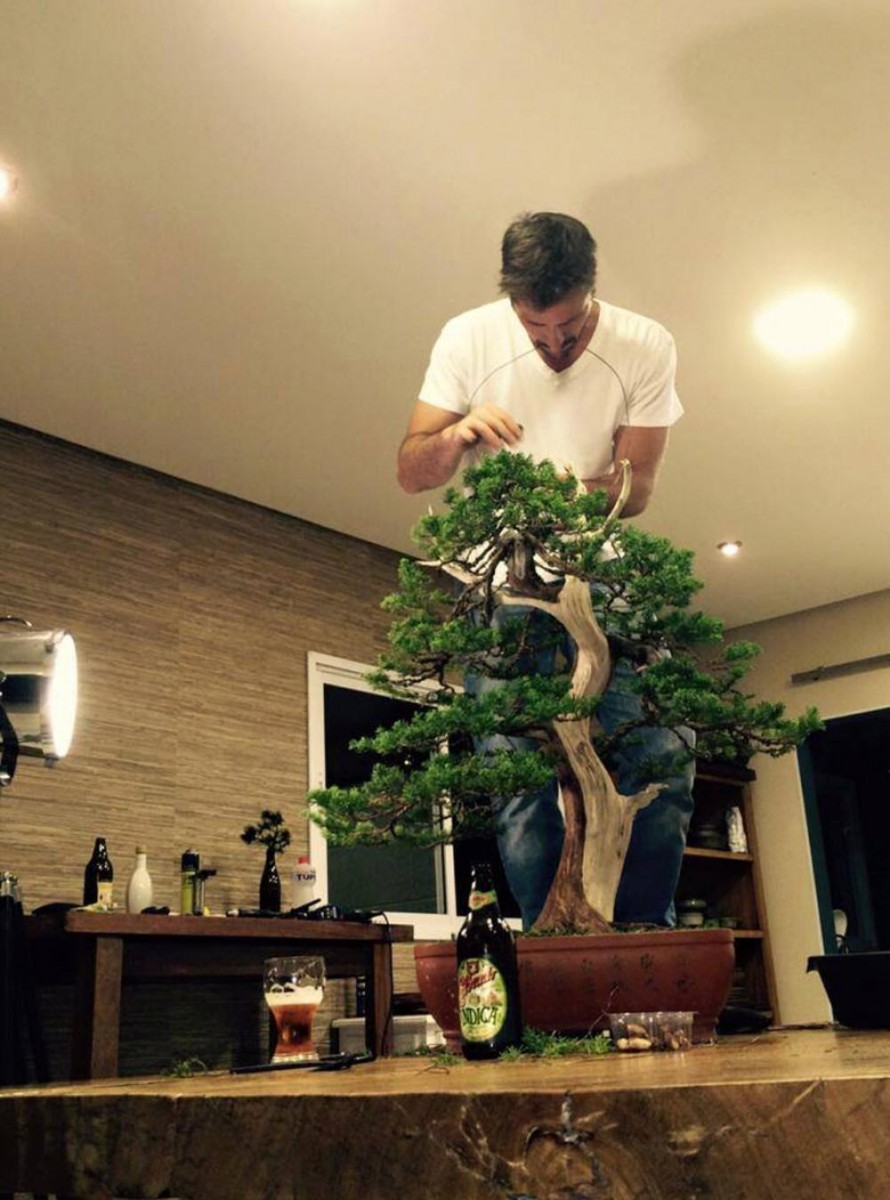
Bonsai master Renato Bocabello.
His early experiments included a farmhouse ale made with pepper, lemon, and coca leaves—the South American plant known for its psychoactive alkaloids. The idea for using bonsai branches came to him after he tasted a cachaça infused with branches of kuromatsu (Japanese black pine).
“I noticed some similarity to many resinous hop flavors, noticeably perceived in some IPAs, and we wondered how a beer made with the bonsai pine branches would taste. So we came up with our Kuromatsu Kamikaze IPA,” he says. According to Domingues, Scandinavian people have historically used pine instead of hops to make beer in order to balance flavor. “Everyone who tasted the beer loved it, so my partner, beer sommelier Fábio Walsh, and I established a commercial brewery,” he adds.
Bocabello usually prunes his more than 400 bonsai trees (a hundred of which are kuromatsu) twice a year, so he ends up with many pounds of these precious leftovers that can be used in the IPA recipe. His kuromatsu trees were a gift from a third-generation member of a Japanese family that came to Brazil in 1912 aboard of the Itsukushima-maru, the second ship with immigrants from Japan to dock in the country, which is now home to the largest Japanese population outside Japan.
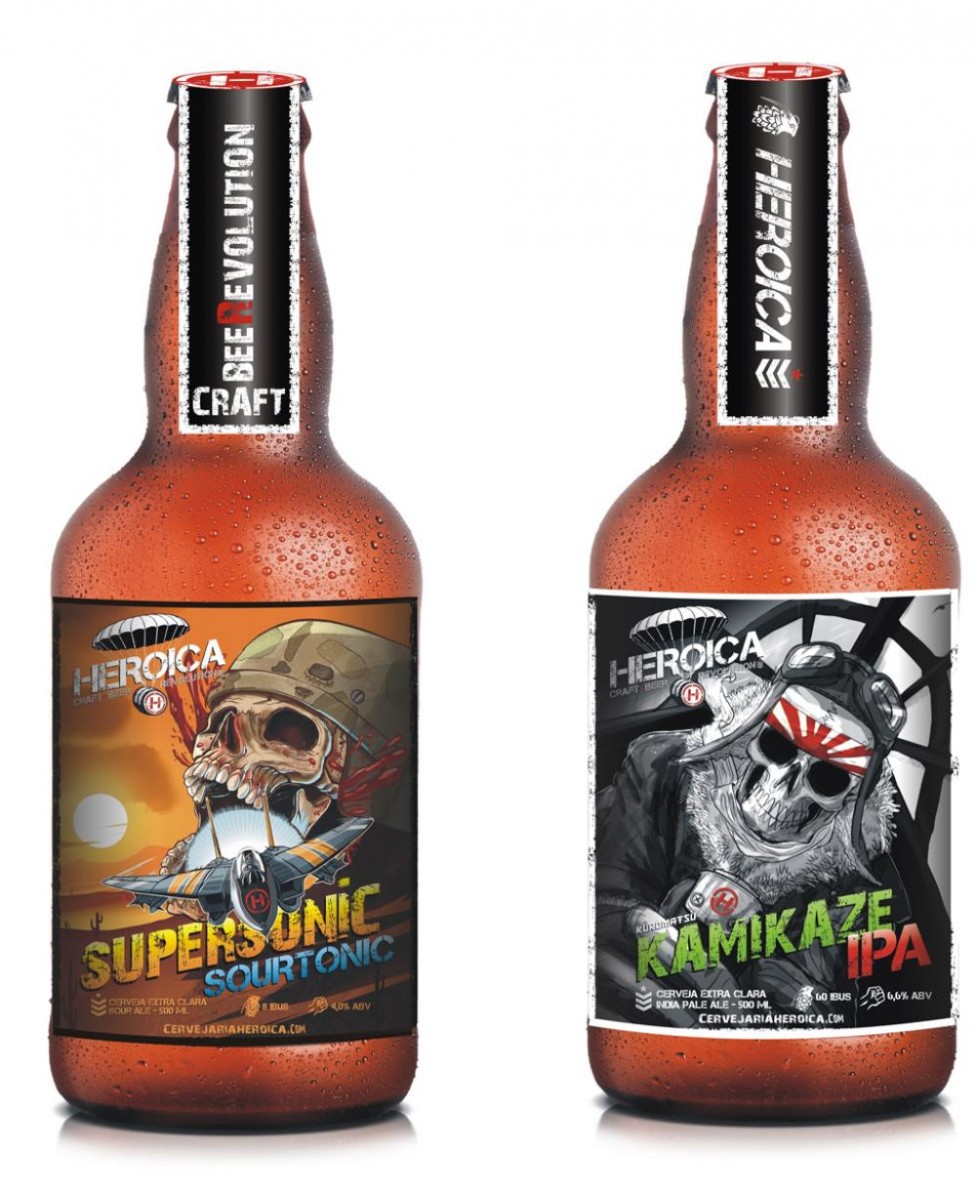
The seeds were brought by a member of the Hayashida family, who passed down the tradition of bonsai art among his descendents. Many of Bocabello’s trees are more than 100 years old. “Traditionally in Japan, every time a baby boy is born, a kuromatsu is planted. They are valued and cultivated plants because they age very well, and they are the most representative regarding bonsai art,” he explains. “And when it comes to aging bonsais, it can take 100, 200, or even 300 years.”
Among the American hops used in its formula, Heroica[s Kuromatsu Kamikaze IPA includes Chinook, Amarillo, and, not by chance, Centennial. The beer was launched in 2016 and about 1,000 liters of it are produced every two months. “With a higher demand, we are considering increasing our production this year,” Walsh explains.
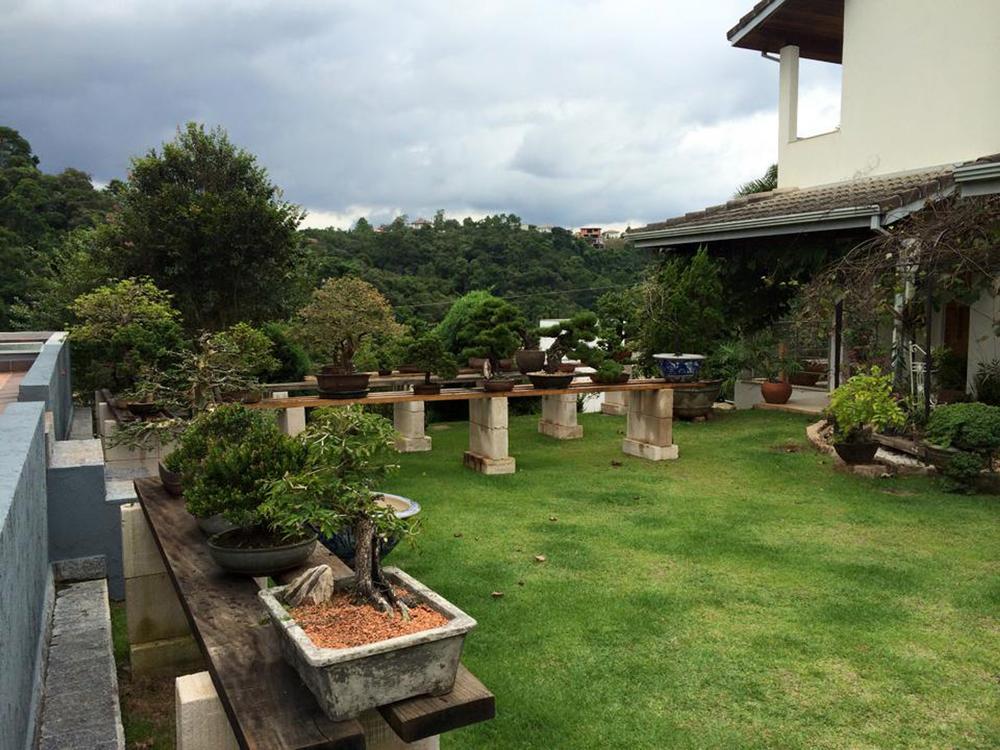
Bocabello’s bonsai garden.
The partners, with some help from the bonsai master, recently developed a new recipe using ingredients from another of Bocabello’s bonsai trees: the junipers. SuperSonic SourTonic is a sour beer made with cucumber and juniper berries—an homage to the gin and tonic. “Because of the juniper berries’ flavor and scent, it’s hard not to think about the famous cocktail,” Walsh says.
SuperSonic was based on sahti, an ancient style of beer from Finland spiced with juniper berries that’s seen a surge in popularity recently. It’s a fresh beer designed to pair well with the high temperatures in Brazil. “It has a herbal, tingling, and citric acidity that makes it really fresh,” Domingues points out.
Now the trio is thinking about new recipes and styles to develop for Heroica. Bocabello is literally looking to his garden in search of the new ingredients that could be used in new brewing experiments.

Heroica partners Fabio Walsh and Lucas Domingues.
The bonsai master is particularly interested in native Brazilian trees. “There’s a huge potential. Brazil is a very rich country regarding trees, and we have wonderful species that could result in great beers,” he says. According to him, there are many fruity trees that the Heroica partners could use to create new recipes, such as jabuticabeiras, the Brazilian grape tree.
“But I only provide the ingredients,” he adds. “It’s they who have the arduous task of transforming whatever is left from the pruning of my bonsais into good beers. I’m only the bonsai master. They are the real heroes.”
Like this? How about Rick Astley collaborating with Mikkeller – whaaa??!!

You might be interested in...
DRINK THIS: RASEN SAKE
Chef Willin Has Helped to Create a Sake to Pair With Singapore Cuisine. Subarashi!
WAX ON WAX OFF
Singapore Finally Gets Its Own Barrel-Aged Beer With the Launch of Off Day's Limited Run Bottling.
KEEN ON KI NO BI
More Things We Learned About Japan’s First Craft Gin Ki No Bi Gin (After We spoke To The Kyoto Distillery's Co-Founder David Croll, Of Course.)
DRINK THIS: RASEN SAKE
WAX ON WAX OFF
KEEN ON KI NO BI